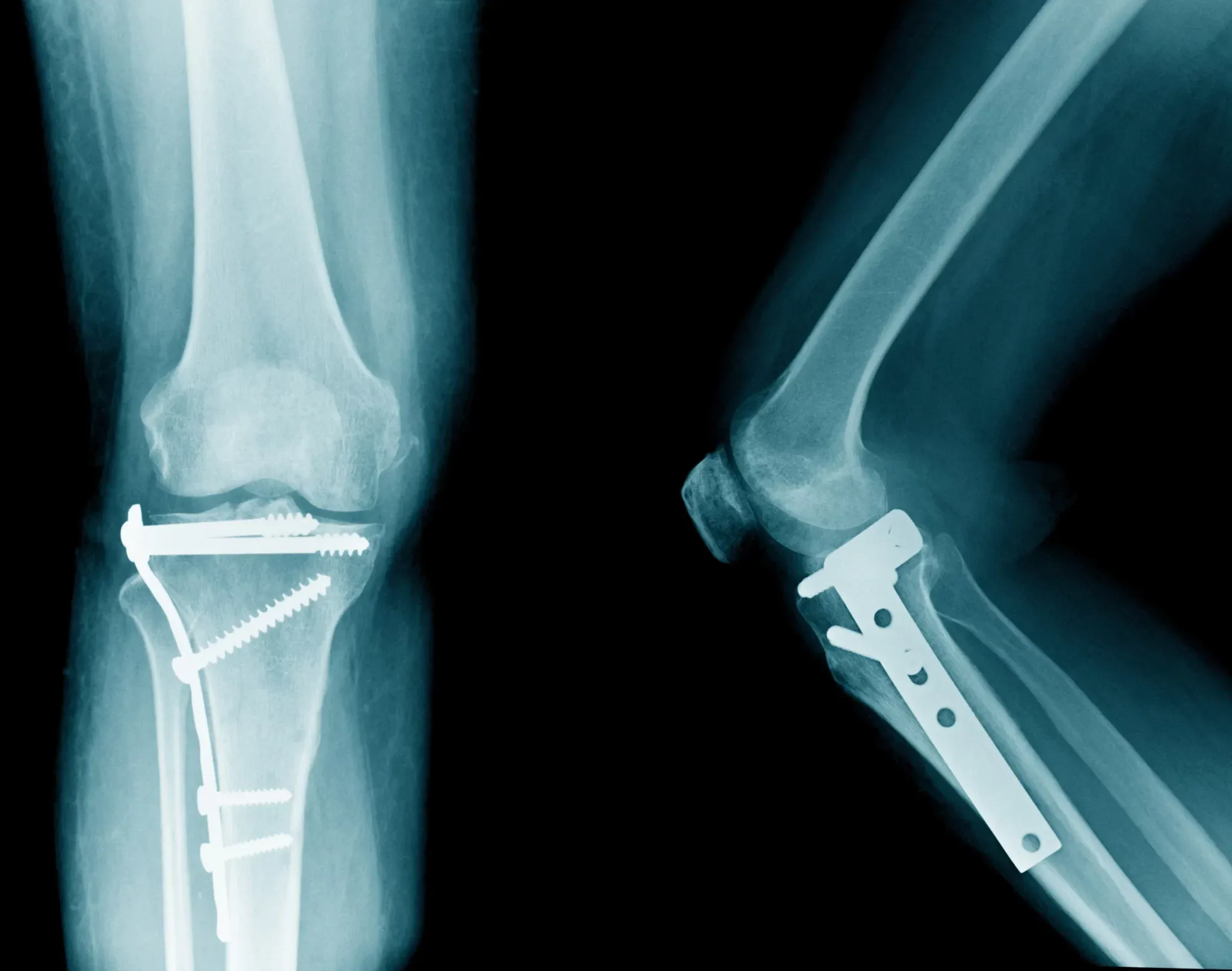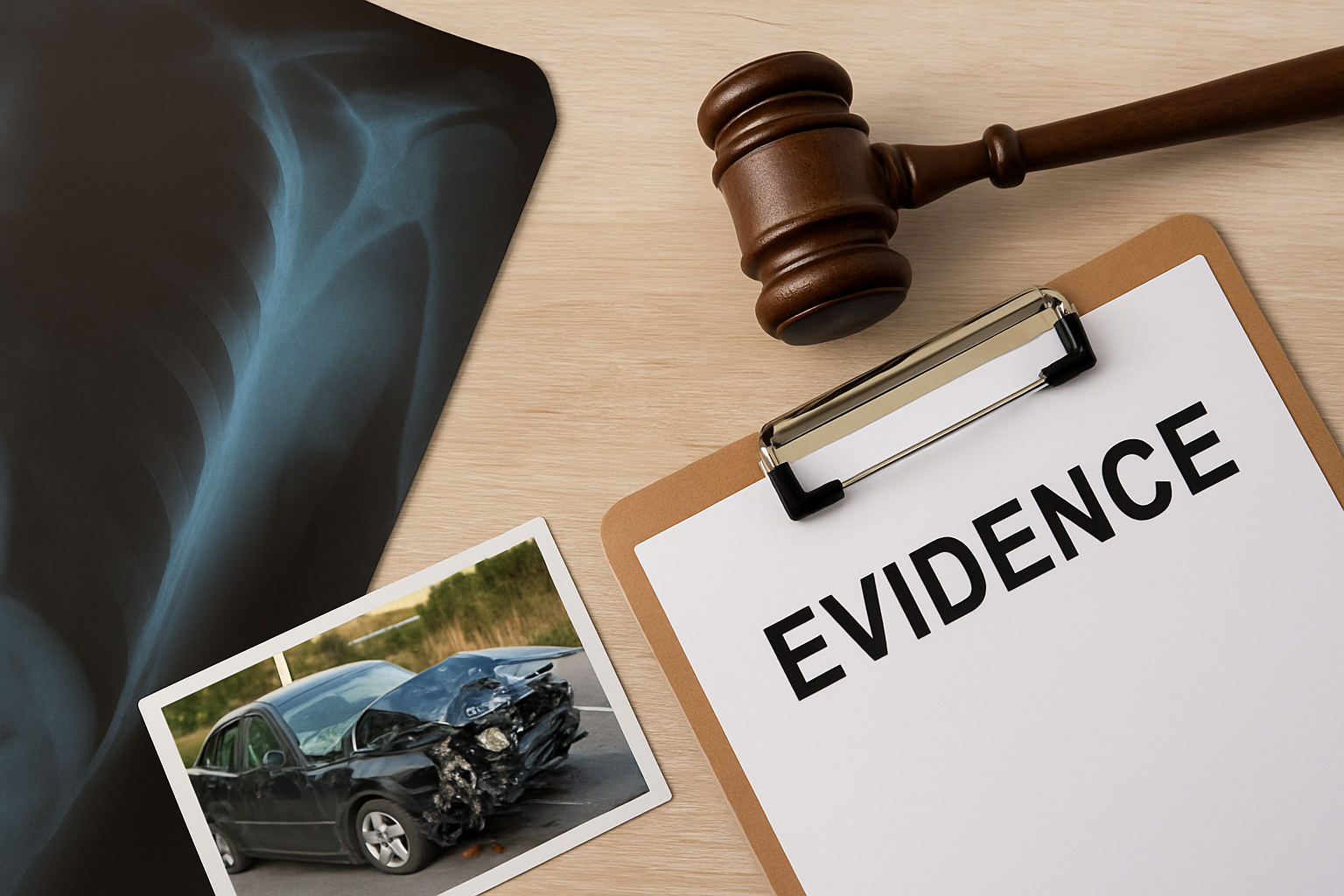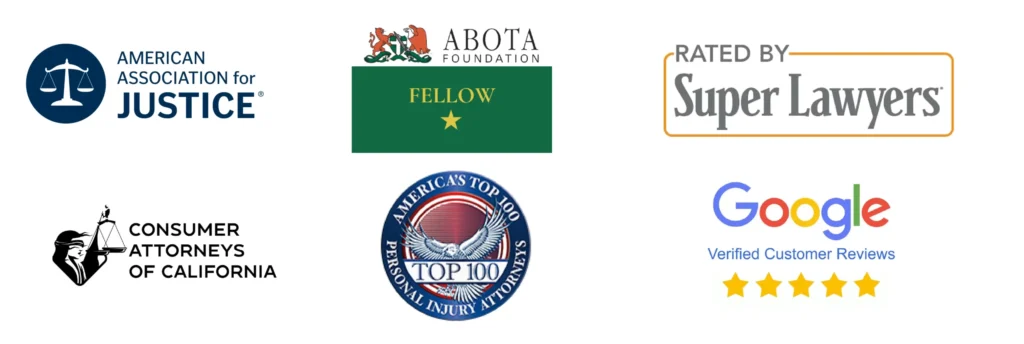Slip and fall cases are a type of premises liability claim. To win, an injured person generally must show the property owner or occupier failed to use reasonable care to keep the property safe, that a dangerous condition existed, that the owner knew or should have known about it, and that this failure caused the injury. In California, these concepts come from Civil Code section 1714 and the Judicial Council’s CACI jury instructions on premises liability.
The big picture
- Duty of care. Owners, tenants, and others who control property must use reasonable care to discover unsafe conditions and repair, protect, or warn.
- Notice. You must prove the owner knew about the hazard or should have known if they had used reasonable care. California courts allow juries to infer constructive notice when reasonable inspections are missing or inadequate.
- Comparative fault. California uses pure comparative negligence. Your recovery can be reduced by your share of fault but is not barred even if you were more at fault than the other side.
- Deadlines. Most personal injury claims in California must be filed within two years. Claims involving public entities have much shorter claim presentation deadlines.
Common hazards that lead to claims
- Liquids or food on floors in stores or restaurants
- Recently mopped or waxed floors without warnings
- Uneven walking surfaces, loose tiles, torn carpets, cords across walkways
- Poor lighting, missing handrails, or cluttered aisles
- Broken sidewalks or potholes, including defects adjacent to businesses or homes
What you must prove in a California slip and fall
California’s pattern jury instructions summarize the core elements:
- A condition on the property created an unreasonable risk of harm
- The defendant knew or, through the exercise of reasonable care, should have known about the condition
- The defendant failed to repair, protect against, or warn about the condition
- The failure was a substantial factor in causing harm
How courts look at notice
You can show actual notice with evidence the owner or employees saw the hazard or created it. You can show constructive notice by proving the hazard existed long enough that reasonable inspections would have found it. In leading California authority, the Supreme Court explained that inadequate inspection practices can support an inference of notice.
Trivial defect doctrine
Not every surface flaw is legally dangerous. Courts sometimes find very small sidewalk height differences or minor cracks to be trivial as a matter of law when there are no aggravating conditions such as poor lighting, debris, or concealment. The analysis is fact specific and looks at size plus surrounding circumstances.
Deadlines and special rules
- General personal injury statute. File within two years of the injury date.
- Claims involving public property. First present a written government claim within six months for personal injury and property damage. After a written rejection, you generally have six months to sue. If the entity never issues a proper written rejection, many claims allow up to two years from accrual to file suit.
If you are unsure whether the property was public or private, treat it as public until a lawyer confirms. Short administrative deadlines can bar claims that would otherwise be timely under the two year statute.
Step by step after a slip and fall
1) Get medical care
Seek medical evaluation promptly, even if symptoms seem minor. Medical records link the fall to the injury and establish the extent of harm. Delays can undermine causation and damages.
2) Report the incident
Notify the owner or manager and ask for an incident report. Request a copy or at least record the report number and the identity of the person you spoke with.
3) Preserve evidence
- Photograph the scene from multiple angles and distances
- Capture close ups of the hazard, warning signs, lighting, and surrounding conditions
- Save your footwear and clothing in a clean bag
- Collect names and contact information of witnesses
- Note the date and exact time, weather, and what you were doing immediately before the fall
4) Ask for cameras and inspection records
Many businesses use video surveillance and written inspection logs. A timely preservation request can reduce the risk of routine deletion and helps support constructive notice.
5) Avoid guessing or apologizing
Give a clear and factual description. Do not speculate about fault. Keep social media posts to a minimum and avoid discussing details publicly.
6) Call a lawyer early
An attorney can identify the correct property owner or manager, request surveillance quickly, secure maintenance and inspection records, evaluate comparative fault, and calendar all deadlines.
Evidence that moves cases
| Evidence | Why it matters | How to get it |
|---|---|---|
| Photos and video of the hazard | Shows the condition and surrounding factors such as lighting and signage | Use your phone, ask companions or nearby businesses, send a preservation request quickly |
| Incident report and employee notes | Documents contemporaneous observations and statements | Ask the business for a copy or the report number, record names of staff |
| Inspection and cleaning logs | Support or undermine a constructive notice defense | Request through counsel, use discovery if a lawsuit is filed |
| Prior complaints or accidents | Show the owner knew the hazard kept happening | Through counsel, discovery, or public records for public entities |
| Footwear and clothing | Can rebut claims that shoes caused the fall | Seal and retain, do not wear again |
| Medical records and bills | Proves injury, treatment, and costs | Request from providers, keep all receipts |
Damages you can claim
- Medical expenses, including future care and rehabilitation
- Lost wages and reduced earning capacity
- Pain, suffering, and loss of enjoyment of life
- Out of pocket costs such as travel to medical visits
- Property damage such as broken glasses or phones
California uses pure comparative negligence. Your damages can be reduced by your percentage of fault but you can still recover the remaining portion.
Common defenses and how to respond
- No notice. The owner claims they did not know about the spill or defect. Response strategies include inspection logs that show long gaps, lack of reasonable inspection procedures, and witness statements.
- Trivial defect. The owner argues the defect was too small to be dangerous. Photos, measurements, poor lighting, debris, or concealment can defeat a triviality argument because courts look at the totality of conditions.
- Open and obvious. Owners argue a hazard was obvious. Even obvious hazards may still require measures such as barriers or alternative routing depending on foreseeability and practicality, which are evaluated under the duty of reasonable care.
- Your fault. The insurer may assert comparative negligence based on distractions, footwear, or not watching your step. California’s pure comparative system reduces recovery by fault percentage rather than barring the claim.
Special issues for public sidewalks and adjacent areas
California recognizes specific instructions about sidewalks abutting private property and duties not to create unsafe conditions on surrounding public sidewalks. Liability often turns on control of the area and whether a defendant created or exacerbated a dangerous condition.
Quick timeline for California claims
- Right away. Medical care, photographs, identify witnesses, report the incident
- Within days. Preserve footwear, request surveillance retention, consult counsel
- Within weeks. Investigation, insurance notice, medical follow up
- By six months if a public entity is involved. Present a government claim to preserve the right to sue later
- By two years. File a lawsuit before the statute runs if the case has not settled
Frequently asked questions
Possibly. If the business cannot show reasonable inspection and cleaning practices, a jury may infer the hazard existed long enough to be discovered and removed. Evidence such as inspection logs and video is critical.
It depends on the total circumstances. Very small defects are sometimes deemed trivial as a matter of law, but factors such as poor lighting, concealment by debris or liquid, jagged edges, or heavy pedestrian traffic may change the analysis.
You must present a written claim to the public entity within six months for personal injury and, after written rejection, you generally have six months to sue. Missing these steps can bar the case even if the two year statute has not expired.
No. California’s pure comparative negligence rules allow recovery even if you share fault, with damages reduced by your percentage of responsibility.
Key References
- Cal. Civil Code § 1714 (general duty of ordinary care). Leginfo
- CACI Premises Liability instructions (Judicial Council of California, current edition). See CACI 1000–1005 and 1003 Unsafe Conditions. California Courts
- Ortega v. Kmart Corp., 26 Cal.4th 1200 (Cal. 2001) (constructive notice from inadequate inspections). SCOCAL
- CCP § 335.1 (two year statute for personal injury). Leginfo
- Gov. Code § 911.2 (six months to present a claim to a public entity). Leginfo
- Gov. Code § 945.6 (six months to sue after written rejection, two years if no proper written rejection). Justia Law
- California Courts Self Help, Government Claims (plain-language guidance on claims and deadlines). Self-Help Guide to the California Courts
- Li v. Yellow Cab Co., 13 Cal.3d 804 (Cal. 1975) (pure comparative negligence).




